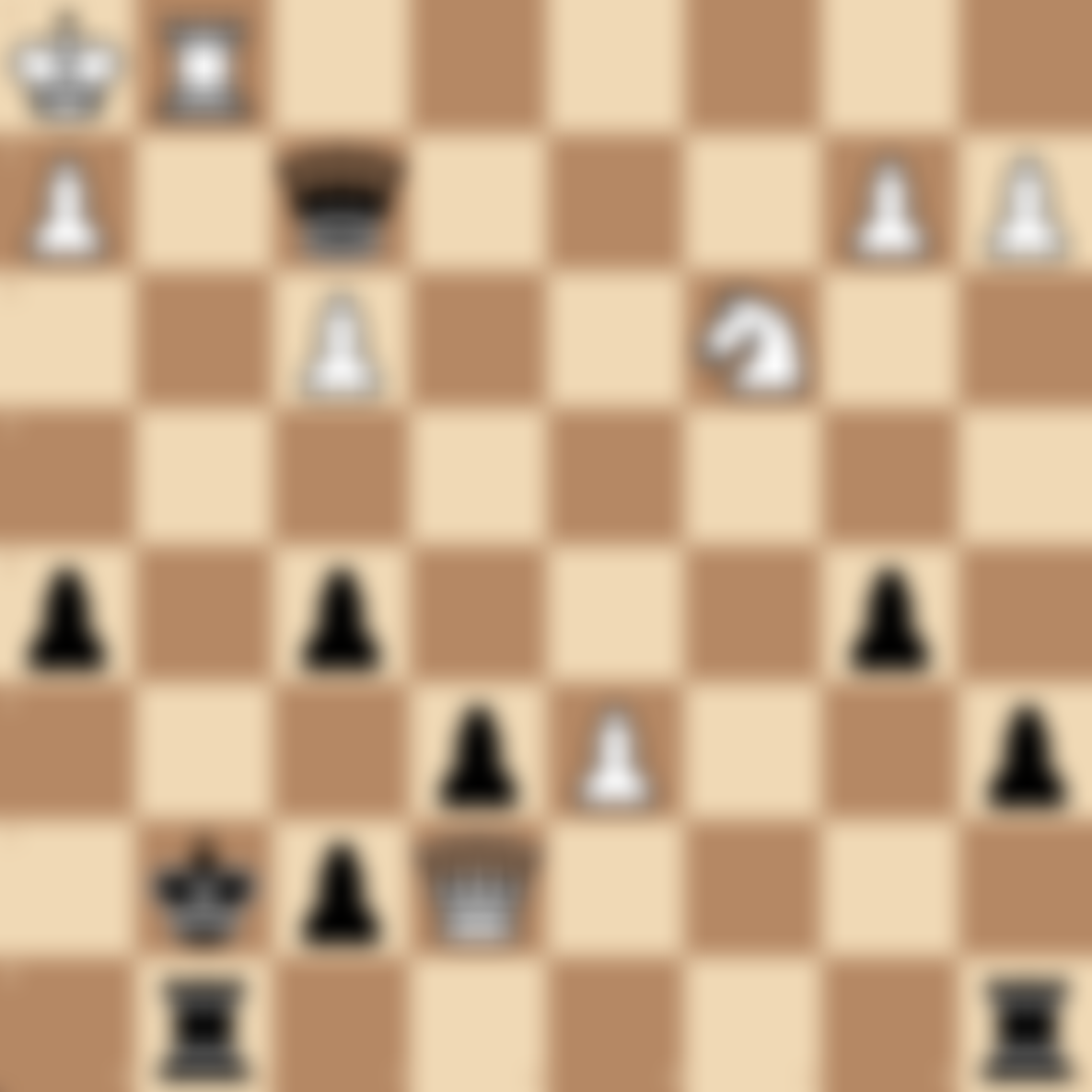Zwischenzug in Chess: The Power of the In-Between Move
Table of Contents
- Introduction
- What is Zwischenzug?
- Importance of Zwischenzug
- Types of Zwischenzug
- Famous Zwischenzug Examples
- How to Spot Zwischenzug Opportunities
- Zwischenzug in Different Phases of the Game
- Common Mistakes When Executing Zwischenzug
- Zwischenzug vs. Other Tactical Motifs
- Practice Zwischenzug Puzzles
- FAQs
Introduction
Zwischenzug, a German term meaning "intermediate move," is a powerful tactical concept in chess that can turn the tables in complex positions. At chesspuzzles.io, we've created this comprehensive guide to help you understand, recognize, and apply zwischenzug in your games. Whether you're an intermediate player looking to sharpen your tactical skills or an advanced player aiming to refine your calculation abilities, this guide will provide valuable insights into the art of the in-between move.
What is Zwischenzug?
Zwischenzug refers to a move made in between what appears to be a forced sequence of moves. Instead of making the expected move, a player inserts an unexpected move that forces the opponent to deal with an immediate threat. This intermediate move often improves the player's position or gains an advantage before continuing with the expected sequence.
Understanding zwischenzug is crucial for:
- Improving tactical awareness
- Enhancing calculation skills
- Creating unexpected threats and opportunities
- Defending against seemingly forced sequences
Importance of Zwischenzug
Zwischenzug is a vital concept in chess because it:
- Can dramatically change the evaluation of a position
- Forces opponents to recalculate and potentially make mistakes
- Adds depth and complexity to tactical sequences
- Can be used both offensively and defensively
- Improves overall chess understanding and pattern recognition
Types of Zwischenzug
Defensive Zwischenzug
Used to parry a threat or improve one's position before responding to an opponent's move.
Offensive Zwischenzug
Employed to create additional threats or gain material advantage before executing an expected sequence.
Positional Zwischenzug
Aimed at improving piece placement or pawn structure before continuing with the main line.
Famous Zwischenzug Examples
- Fischer vs. Reshevsky (1961): Fischer's brilliant queen sacrifice zwischenzug
- Kasparov vs. Karpov (1985): Kasparov's defensive zwischenzug in a critical world championship game
- Carlsen vs. Karjakin (2016): Carlsen's subtle positional zwischenzug in the World Chess Championship
How to Spot Zwischenzug Opportunities
- Always look for forcing moves, especially checks and captures
- Consider the opponent's threats and how you might counter them indirectly
- Look for ways to improve your position before making an expected move
- Practice calculating variations and looking for unexpected resources
- Study master games and analyze positions where zwischenzug occurred
Zwischenzug in Different Phases of the Game
- Opening: Rare, but can occur in tactical variations
- Middlegame: Most common, often in complex tactical positions
- Endgame: Can be crucial in winning material or achieving a key positional advantage
Common Mistakes When Executing Zwischenzug
- Overlooking the opponent's counterplay
- Focusing too much on material gain and missing positional opportunities
- Executing the zwischenzug at the wrong moment
- Neglecting to calculate the full consequences of the intermediate move
- Overestimating the impact of the zwischenzug and overlooking better alternatives
Zwischenzug vs. Other Tactical Motifs
- Zwischenzug vs. Fork: While a fork attacks two pieces simultaneously, a zwischenzug is an unexpected move in a seemingly forced sequence.
- Zwischenzug vs. Pin: A pin restricts piece movement, while a zwischenzug introduces a new threat in between moves.
- Zwischenzug vs. Skewer: A skewer forces a piece to move, revealing an attack on another piece behind it. A zwischenzug can sometimes set up a skewer.
Practice Zwischenzug Puzzles
Improve your ability to spot and execute zwischenzug tactics with our collection of specially designed puzzles on chesspuzzles.io:
Try our Zwischenzug Puzzles on chesspuzzles.io now
These interactive puzzles will help you recognize the patterns and calculate the sequences necessary to execute stunning zwischenzug tactics in various positions.
FAQs
Q: Is zwischenzug only for advanced players? A: While zwischenzug can be complex, players of all levels can benefit from understanding and practicing this concept. Start with simple examples and gradually work your way up to more complex positions.
Q: How can I improve my ability to find zwischenzug moves? A: Regular tactical training, solving puzzles focused on zwischenzug, and analyzing master games can significantly improve your ability to spot these opportunities. Practice on platforms like chesspuzzles.io can be particularly helpful.
Q: Can a zwischenzug backfire? A: Yes, if not calculated properly, a zwischenzug can sometimes lead to a worse position. It's crucial to consider all of your opponent's responses and evaluate the resulting position carefully.
Master the art of zwischenzug to add a powerful tactical weapon to your chess arsenal! Ready to test your skills? Try our Zwischenzug Puzzles on chesspuzzles.io now and learn to spot and create these surprising in-between moves in your own games.
